It was a 5:00 a.m. start this morning to catch the first train from Ollantaytambo, an Inca-Rail service to Machu Picchu. Boarding was very different from anything we have experienced. We were led traditionally dressed musicians and dancers from the Booking Hall down the street to the railway station and the awaiting train.


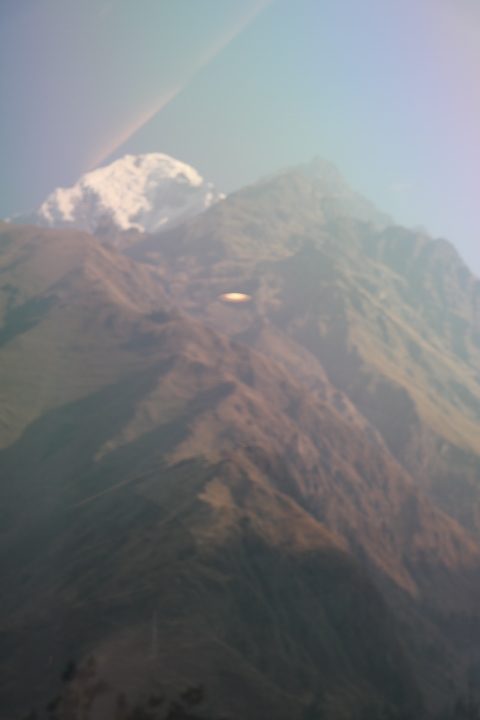
The journey is downhill all the way to the terminus at Aguas Calientes. From here a bus transfer takes visitors to the Citadel on top of the plateau within a natural feature known as a graben. This is a rift valley formed by downward thrusting earth movements along the two sides (fault lines) of the now lower plateau. At nearly 1000m lower than any of the locations that we have visited this is unusual because all the other rift valleys that we have visited on three of the continents have all been at much lower levels.


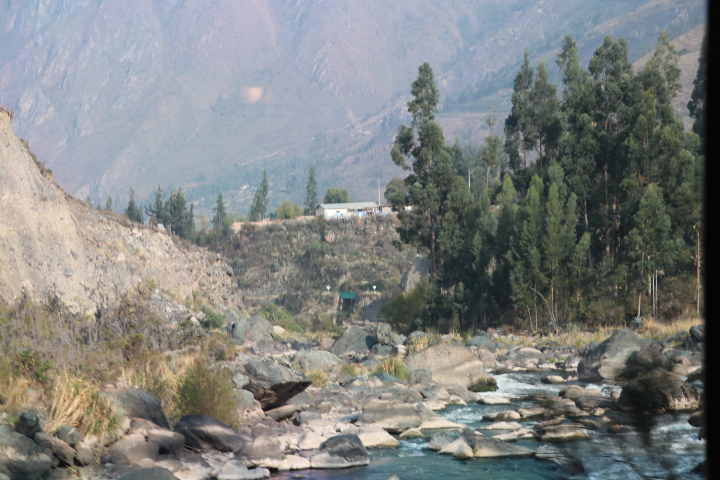

As we approached the terminus the rainforest became evident as we were in the upper part of the Amazon Basin.


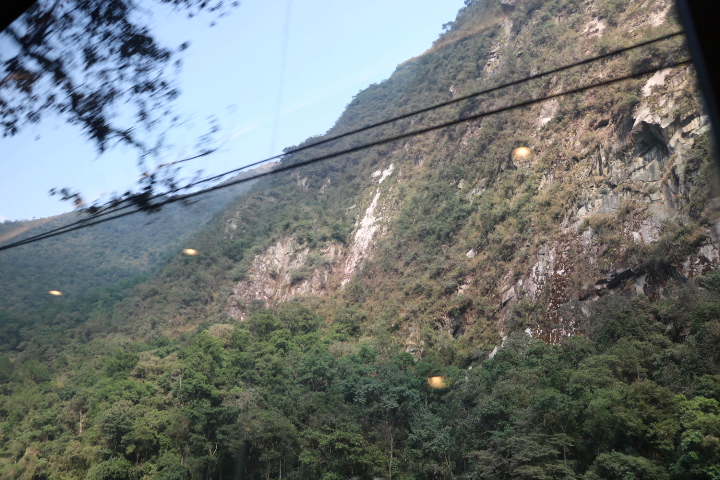

Having climbed many ancient steps we arrived at, as our guide described it as, the ‘National Geographic photograph’ and an awe inspiring view of the ancient Citadel.



The Citadel pre-dates the Spanish Conquest and is not mentioned in any of the records from 1535. It was ‘discovered’ by the American professor of history and amateur archaeologist Hiram Bingham, who having heard tales of a lost Inca city arrived in 1911. He was guided by locals to this vast site because they lived here and had taken over the farming on the Inca terraces. The rainforest had colonised the area so a lot of the buildings were in serious decay. His photographs and findings were published in his classic book ‘Inca Land: Explorations in the Highlands of Peru’ (1922). Extracts were published in the National Geographic Magazine (one of his sponsors). His theory was unfortunately full of speculation, hearsay and unfounded beliefs which have been challenged by modern archaeologists who have found artifacts, skeletons and other evidence that show that this is a structure from the 15th century and only just pre-dates the Spanish Conquest. It seems it was a royal retreat and political, religious and administrative centre above the trading routes along the valleys between Amazonia, the Highlands and the Pacific coast. There is evidence that earlier people lived here and that the Incas extended and improved the site at a time when the Inca Empire extended from Chile in the south to Colombia in the north. It may have had 500 inhabitants, though thousands of workers would have been needed to construct all of the Citadel.




The site has 5940 visitors per day, though with careful use of camera lenses one can capture the remoteness of the location.
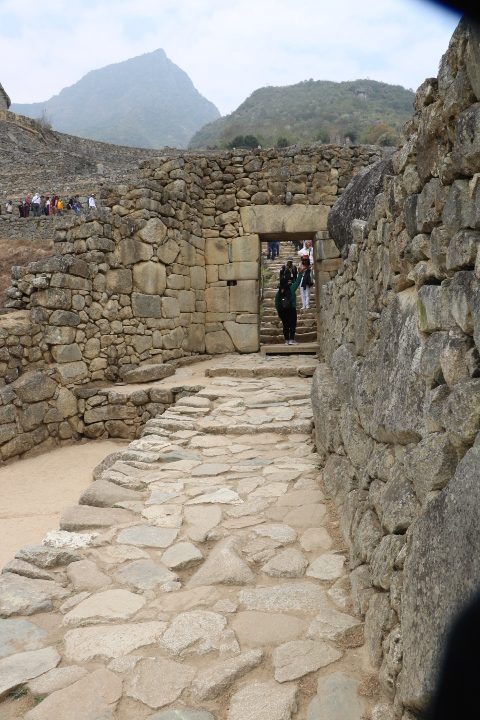
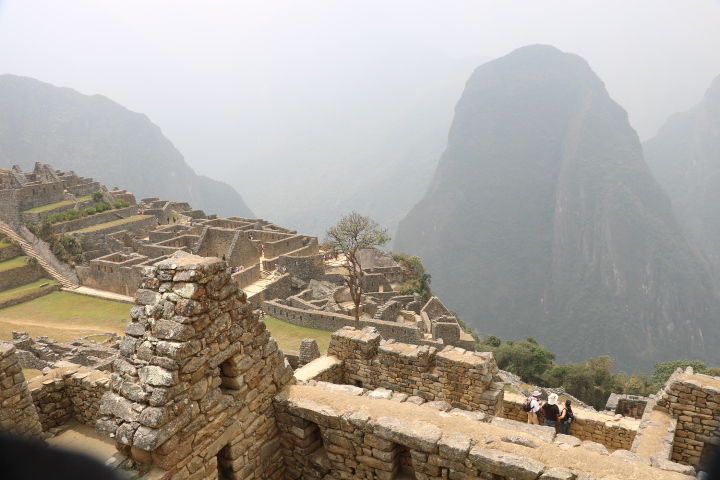



Back at the hotel it was dinner time and, as we have done every day, we went Peruvian. This time it was alpaca tenderloin. Delicious!!